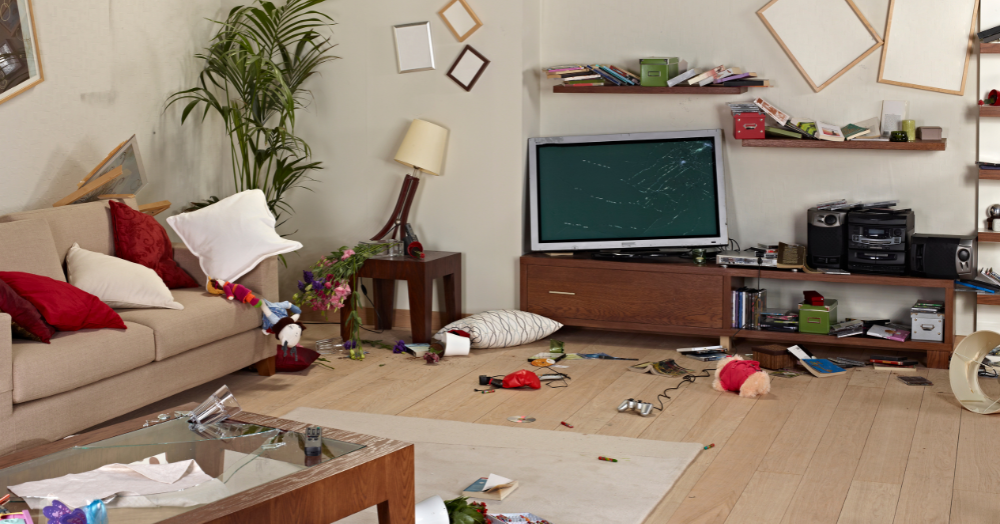Did you try to cut costs when moving your tenant in, eschewing the option of an inventory? Or perhaps you found the tenant yourself and have never even heard of an inventory before? This article will explain why every rental property should have an inventory and why you could be in trouble if you don't.
We get it; when you have had no rental income for a few months because the property has been on the market, then you've had to wait for tenancy references etc., cutting costs may seem like a priority. Add the charges to your letting agent for finding the tenant, which comes from the first rental payment, which means you are even more out of pocket. It can be tempting to scrimp on areas of the process that seem unnecessary to save money.
But which bit can you scrimp on? You need the marketing to find the tenant, and you definitely want them to be referenced. You know that you need legal paperwork for the tenancy, and you can't cut the gas safety certificates because they are required by law. But what about the inventory? What even is an inventory? Is it essential, or could you do without it?
An inventory for a rental property is a record of the property's condition at the time of the start of the tenancy. Ideally, it will include photographs of every element of the property detailing the age and condition of each item. Particularly in unfurnished properties, many landlords think there is no need for inventory if there is nothing in the property. But an inventory will take into account the state of the walls, flooring, sockets and switches, inside the oven, and even the garden.
And suppose you rent an unfurnished property without an inventory. In that case, you will have little to no evidence of the property's condition when the tenancy starts, leaving you with no way to claim the deposit money if you need to clean, cut the grass or paint walls.
So yes, it may seem simplistic and something you don't NEED to do. But in reality, unless you are happy to take on the cost of any remedial works at the property when the tenant leaves, it is best to prepare a detailed schedule of the property's condition before they move in.
When the tenancy ends, you must provide evidence if there is any dispute about a claim you need to make on the deposit. Proof that the issue was not there before the tenancy started, so it must be done before it starts. You can't prepare the schedule accurately when the tenant has filled the property with their belongings.
The most common claim for deposit funds is for cleaning. Using the oven as an example, if you have no evidence that proves that the oven was cleaned before the tenancy started, then you have no way of proving that this tenant is responsible for the payment of a cleaner. This evidence could be either a receipt from a professional cleaner, a receipt to say it was brand new, or photographs in the inventory that clearly show that the oven was clean. Without this evidence, it is your word against the tenants, and sadly, the arbitration system is weighted in favour of the tenants.
Without a complete inventory of the property, furnished or not, you have no leg to stand on if the tenants dispute your claim. You have no way to prove that any damage was caused by the tenant and no way to show the property's condition before the tenant moved in. How is the arbitration court supposed to know if the property was in good condition when the tenancy started or if it was worn and in need of repair from the off?
If you have a property that you are renting out and would like help with the management of it, get in touch with our team of property letting experts for information about how they can help you.



